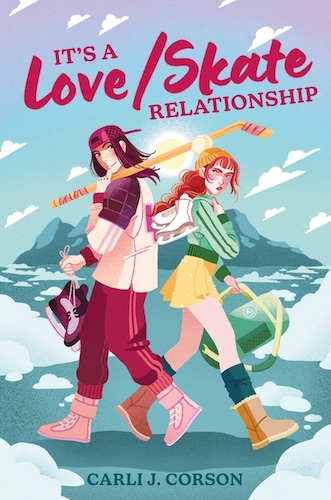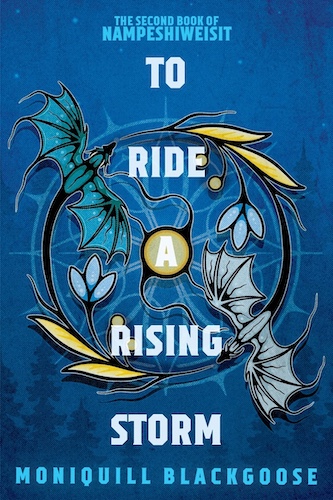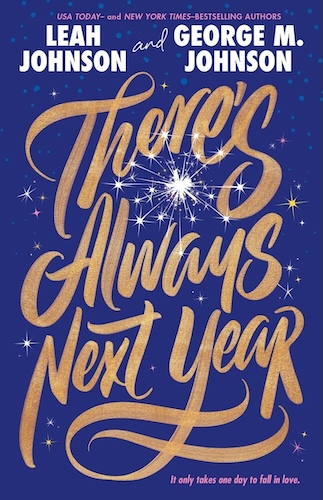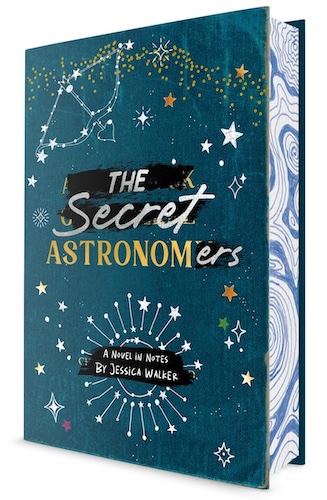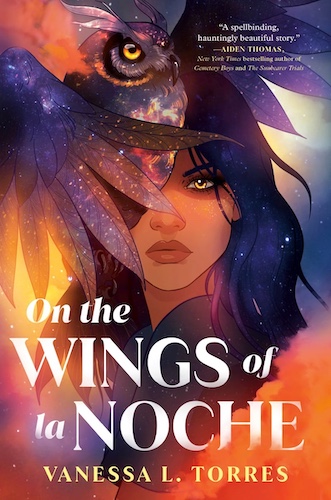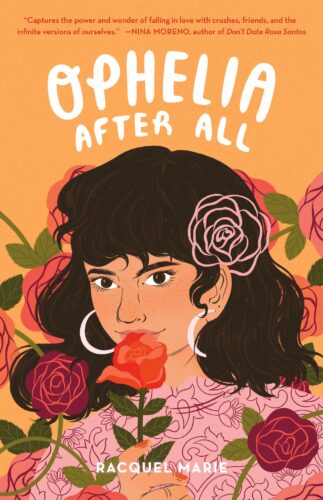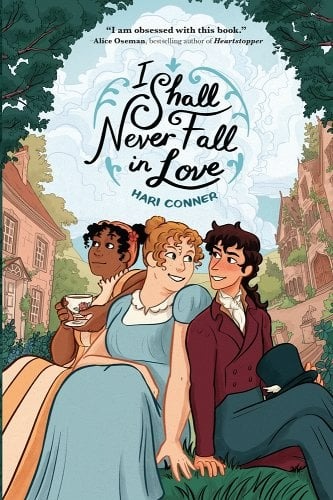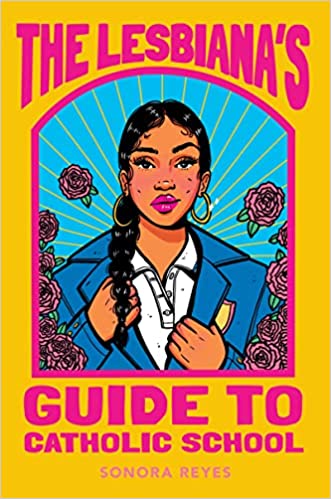Charlie Porter is a force to be reckoned with on and off the ice. After accidentally starting a brawl, she’s suspended from school, meaning no hockey this season—and no chance to play in front of college scouts. Alexa Goldstein’s pairs skating partner was hurt in the fight, and with only four months until their nextRead More
The Dragons are Fantasy but the Colonialism is Very Real: To Ride a Rising Storm by Moniquill Blackgoose
A magical school story, a political critique, a dragon rider fantasy: so many of my favourite things! Book 1 of the Nampeshiweisit series was one of my favourite books of the year and contained probably my most memorable reading moment, in which Anequs makes an incredible discovery that rewrites her understanding of her dragon and ofRead More
A Queer Black Holiday RomCom: There’s Always Next Year by George M. Johnson and Leah Johnson
This book feels like a teen holiday romcom movie in book form—if those movies ever starred queer Black main characters. We switch between two points of view: Dominique, who took off to New York City to chase his influencer dreams; and Andy, his cousin, who stayed in their hometown and is pursuing her career goalRead More
A Queer Coming-of-Age Story Told From the Margins (Literally): The Secret Astronomers by Jessica Walker Review
I tend to take a traditional approach to fiction. I learned the three elements of a story—plot, setting, character—pretty early, and it stuck because is made sense. The Secret Astronomers by Jessica Walker is an exception. Before genre or protagonist, above theme or prose, this book’s most remarkable feature is its format. It’s a tale told inRead More
A YA Paranormal Romance with Wings: On the Wings of la Noche by Vanessa L. Torres Review
I love shapeshifter characters for the many dualities they can represent, and I also like reading about lonely, troubled girls, so my paranormal pick for this October was the young adult novel On the Wings of la Noche by Vanessa L. Torres. Estrella (Noche) Villanueva straddles two worlds. At school, she’s a science whiz who keeps toRead More
The Redemption of Daya Keane by Gia Gordon Review
This book is so delightfully, perfectly messy. Titular character Daya lives in a small, conservative town in Arizona, surrounded by small-minded, conservative classmates and a small-minded, conservative mom. It’s a tough place to be queer. When Daya begins a friendship that turns to something more with megachurch poster-girl Beckett Wild, she might be making moreRead More
A Gentle Queer Awakening: Ophelia After All by Racquel Marie
Racquel Marie’s Ophelia After All follows high school senior Ophelia Rojas, a boy-crazy rose gardener. With prom and the end of high school swiftly approaching, Ophelia is reluctant to let anything else change, least of all her understanding of who she has always thought she is, but when she finds herself crushing on her classmate Talia Sanchez,Read More
Zombies, OCD, and Finding Good Where You Can: If We Survive This by Racquel Marie Review
Racquel Marie’s If We Survive This is in some ways a familiar story. Set in an alternate present where rabies has mutated into what is ultimately a zombie-fying disease, society has collapsed into an apocalyptic wasteland. Following the disappearance of their father, Flora and her brother, Cain, decide to follow him up to the cabin they vacationedRead More
Jane Austen Meets Queer History: I Shall Never Fall in Love by Hari Conner Review
This Pride Month, I wanted to highlight I Shall Never Fall in Love by Hari Conner, a YA historical romance graphic novel that is one of my favorite comics I’ve read this year. I feel that it’s important to recognize that we have always been here, and not without opportunities for love and personal expression. George, theirRead More
Thou Shall Read This Book: The Lesbiana’s Guide to Catholic School by Sonora Reyes Review
This month, I was scrolling through my Kindle trying to figure out which book I should review when I came across The Lesbiana’s Guide to Catholic School by Sonora Reyes (they/them). In the past, I had overlooked it because I had the preconceived notion that it might be too “on the nose” or stereotypical. Let me beRead More
- 1
- 2
- 3
- …
- 38
- Next Page »
